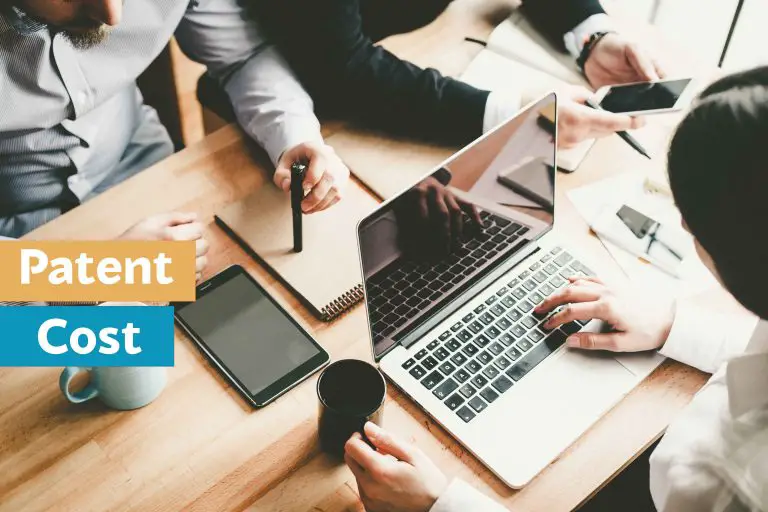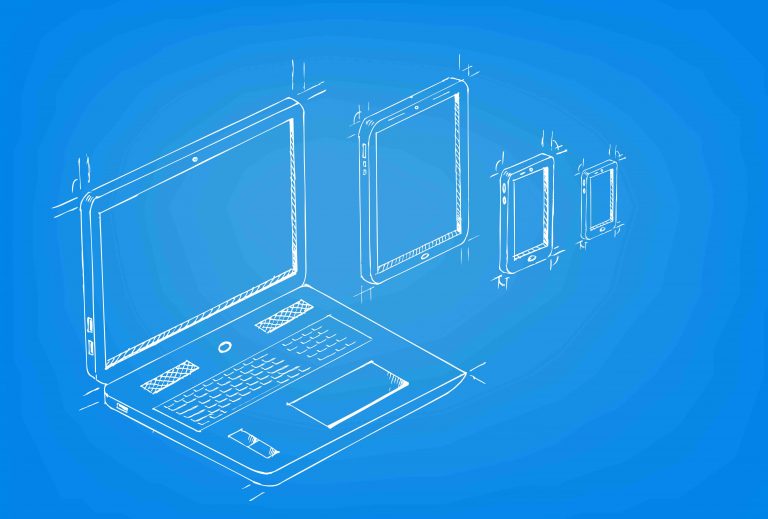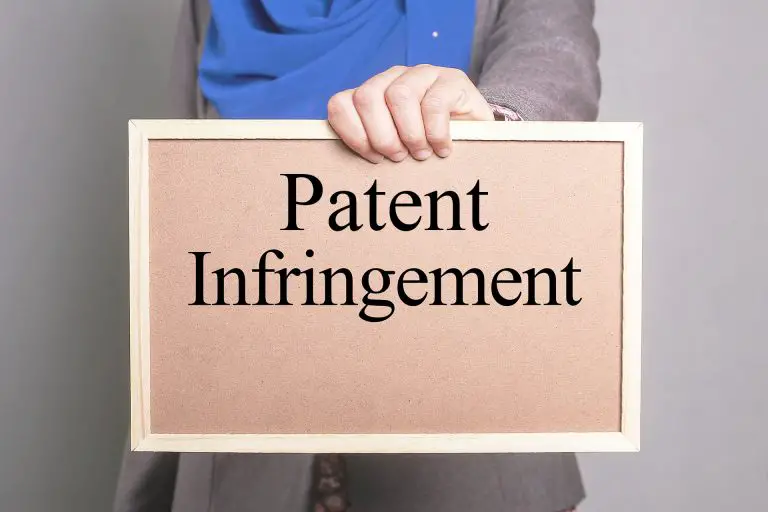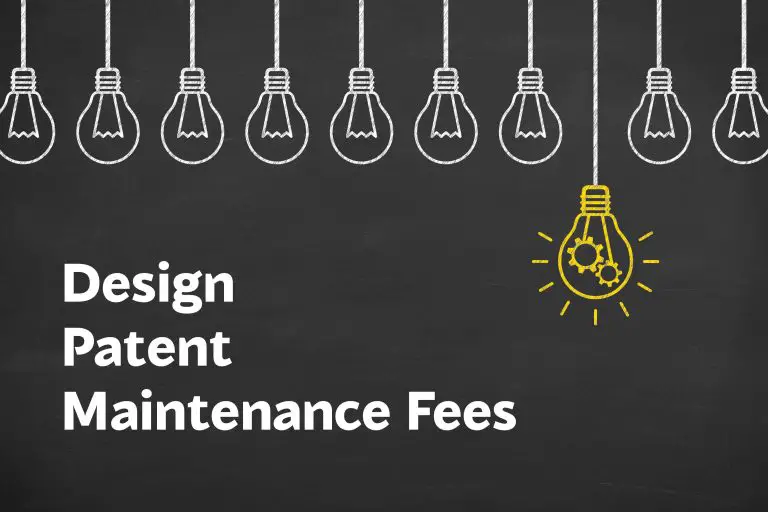First to File Rule in Patent Law
First to File Rule (FITF)
Many countries, including the United States, have adopted the first to file rule, which basically grants the first inventor who files a patent application a patent regardless of whether someone else made the invention first.
For example, if you invent a new pair of scissors and someone else invents the same pair of scissors two years later but files his patent application with the patent office before you do, he will be granted a patent even though you invented the scissors before.
In the past, the United States had a first to invent system that awarded inventors who first invented an invention but recently switched over to a first to file system. When the U.S had a first to invent system, the person who could first describe how the invention worked and how the invention achieved its desired purpose was awarded a patent regardless of when the inventor filed a patent application.
Of course, this caused a lot of problems in situations where two inventors claimed that they were each the first to make an invention, the patent office would have to spend a lot of time and money determining who actually made an invention first. So, the patent system was changed to a first to file system, which things more clear for inventors who wanted to patent their invention.
So what’s the takeaway for inventors in the United States? If you have an invention and you can describe how that invention works and how it achieves its desired purpose, file either a provisional patent application or (regular) nonprovisional patent application to reserve an early filing date with the patent office.
Reserving an early filing date protects inventors from any other inventors who subsequently claim to have made the invention first because it won’t matter. As long as you filed first, you have priority over all other subsequent applicants.
So, if you were wondering: Is the US a first to file or first to invent system? You know that the US is now a first to file system that requires inventors to file a patent application as soon as possible to reserve an early filing date for their invention.
How Has the First to File Rule Changed the Legal Landscape For Inventors?
Adopting the first to file rule changed the way inventors approach patenting their inventions. No longer can an inventor invent something and keep it secret for years. If an inventor invents something, he is incentivized to quickly file a patent application with the patent office to reserve an early prior date.
Reserving an early priority date guarantees an invention’s priority date, which is very important because if a party subsequently files a patent application for the same invention, the inventor who filed first gets the patent.
Inventors who are not ready to invest the time and money to prepare a regular, nonprovisional patent application often opt to file a provisional patent application. Provisional patent applications do not turn into granted patents, but they do reserve an early priority date for the inventor.
Inventors choose to file provisional patent applications instead of filing regular, nonprovisional patent applications because they require much less time prepare since they don’t require as much information as regular patent applications and they are therefore much cheaper to prepare and file. Also, the filing fees for a provisional patent application are less than those for a regular patent application.
That said, inventors often make the mistake of not preparing a provisional patent application as thoroughly as they should have. The problem arises when an applicant wants to convert a provisional application into a regular patent application or file a nonprovisional application that claims the benefit of an earlier-filed provisional application.
The problem that arises is that the invention described in the regular, nonprovisional application has to be the same invention that the applicant described in the provisional application to benefit from the earlier filing date of the provisional application.
If the descriptions of the inventions don’t match, the applicant cannot benefit from an earlier filed provisional application. This is a problem for applicants if someone else filed a patent application for the same invention after the applicant filed his provisional application.
Disclosing the Invention
In the United States, inventors must file either a provisional patent application or a nonprovisional application within 12 months of publicly disclosing their invention, selling it, or offering it for sale.
If an inventor does not file an application with the patent office within the 12 month grace period, the inventor will be prohibited from patenting his invention as it will be considered as prior art, banning the inventor from patenting his invention.
Note: If you want to patent your invention in countries other than the United States, you should keep your invention secret and not disclose it all. This is so because even though the United States offers a 12 month grace period, other countries don’t have a grace period.
Instead, the invention must have never been publicly disclosed for it to qualify for a patent. So, as a word of caution, keep your invention secret if you want to protect it in countries other than the U.S.
Also, if you’re an inventor and you need the help of a third party, have them sign a non-disclosure agreement (NDA). Although an NDA does not guarantee that a third party won’t disclose your invention, it reduces the chances of them doing so.
If a party violates the NDA, you will be able to bring a lawsuit against them for breaking the contract. In the event that a party discloses your invention, ask your attorney whether you should immediately file a provisional patent application to reserve a priority date with the patent office.
What Does it Mean to File a Patent?
When we say that an inventor must file a patent, we mean that an inventor must file either a provisional patent application with the patent office or file a regular, nonprovisional patent application with the patent office to reserve a priority date (early filing date) with the USPTO.
By reserving an early filing date with the patent office, the inventor’s invention will qualify for a patent (assuming it meets the patentability requirements) even if someone else subsequently files a patent application for the same invention.
The same remains true even if another party invented the invention first. This is so because of the first to file rule in the US that gives priority to an inventor who first files a patent application with the patent office.
Three Types of Patents an Inventor Can File?
The first to file rule applies to all three types of patents offered by the USPTO. The patent office currently offers three types of patents: utility patents, design patents, and plant patents.
Utility patents protect how an invention works, as well as the functional aspects of an invention. Design patents protect how an invention looks or the aesthetic or appearance of an object. Plant patents protect new, asexually reproduces new species of plants.
Whichever type of patent you decide to patent, the first to file rules applies. So, if you have an invention, ask your attorney about filing a patent application to reserve an early filing date.
What is the Process of Filing a Patent?
To file a patent application, an applicant first needs to perform a patent search to determine whether anyone else has patented the invention he wants to patent. Then, the inventor needs to prepare either a provisional application or a nonprovisional patent application that thoroughly describes the invention to be patented.
Applicants usually hire experienced patent attorneys to assist them with the preparation of their patent application because they are quite complex and need someone with experience to correctly prepare them. Once an applicant has prepared a patent application, the applicant needs to file the patent application with the patent office and pay the required fees.
Once an application is filed, the applicant should periodically check the status of an application to determine if the patent office requires any changes or amendments to the patent application.
Patent First to File Rule
By now, it should be quite apparent that the U.S Patent System awards inventors who are first to file a patent application for their invention. So, if you have an invention, it’s smart to file a patent application to obtain an early filing date. An early filing date guarantees that your patent will have priority over subsequent patent applications that are filed for the same invention. If you’re not ready to file a regular patent application, ask your attorney about filing a provisional application to obtain an early filing date. That said, if you have any general questions or comments, please feel free to leave them in the comments section below.








